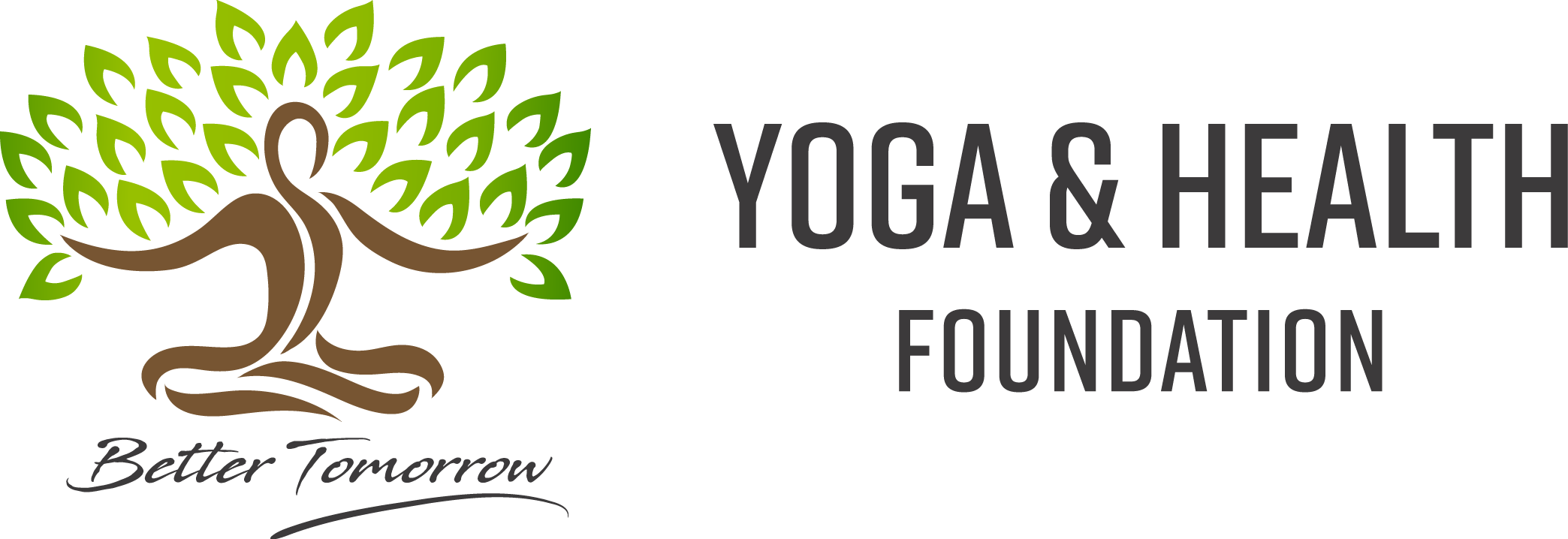The 8 Limbs of Yoga – The Yamas
By Nirmala Raniga: When we think of yoga, we often picture crowded studios with students in stylish clothes twisting their bodies into difficult shapes. However, the true practice of yoga is much more than that. In fact, yoga is the Sanskrit word for union, the alignment of mind, body, and spirit.…
